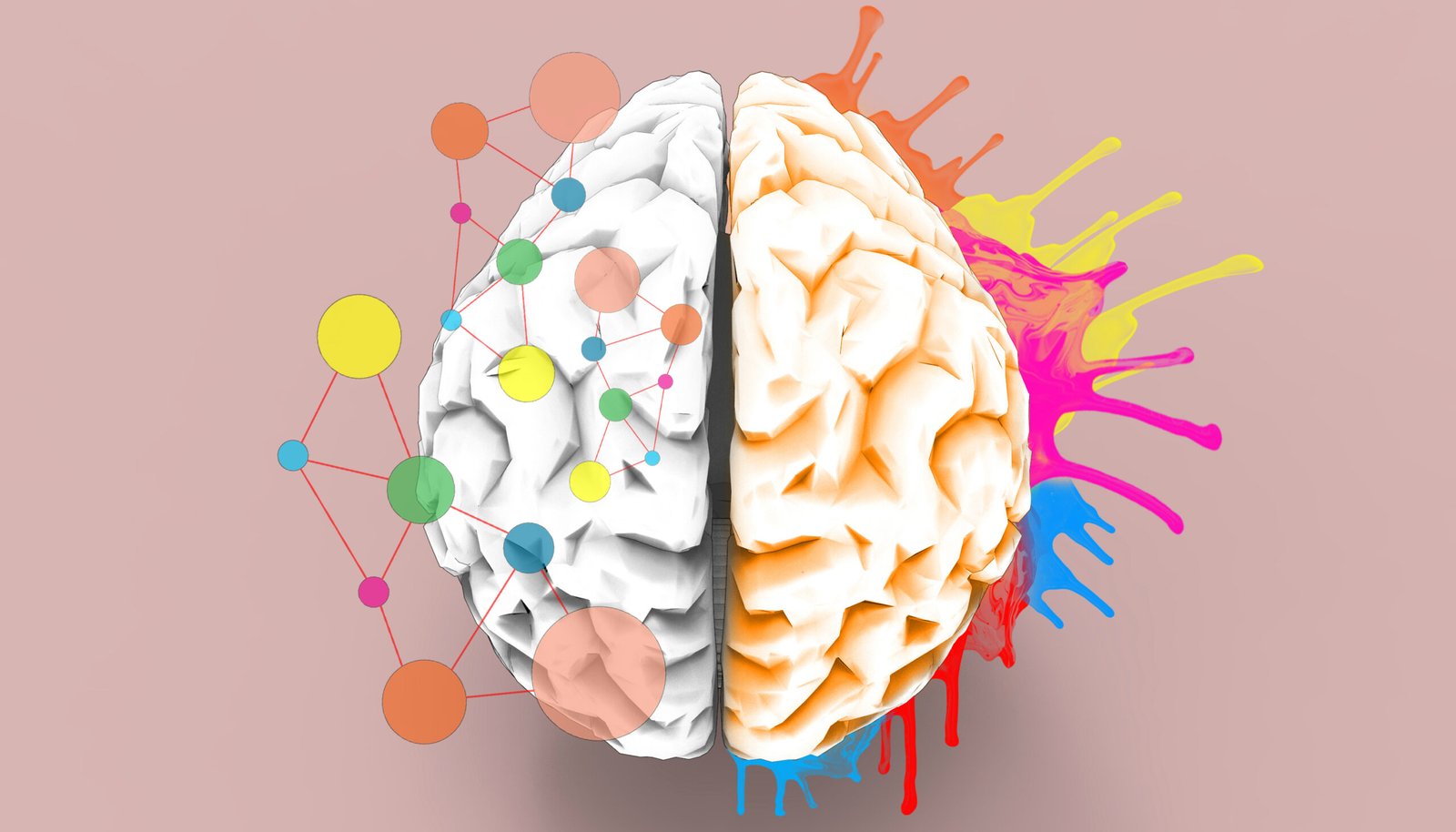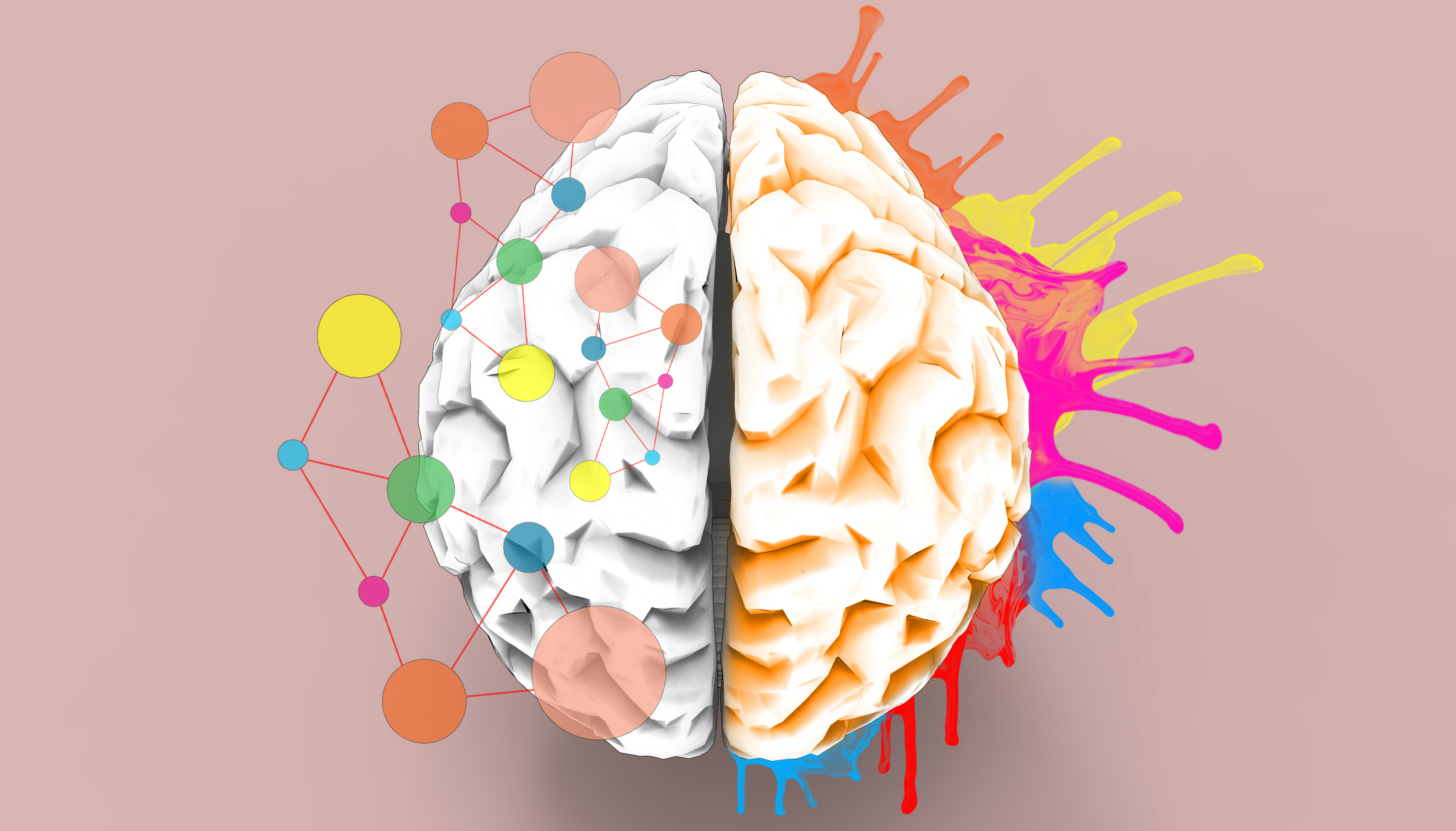
Brain left and right creativity functions Sketch concept / Illustration
Unlocking the Brain: Understanding the Science Behind Compulsive Behaviors
Forget everything you’ve been told about compulsive behaviors. These patterns aren’t a sign of weakness or moral failure. They’re your brain’s way of trying to keep you safe. It’s time to shed the shame and uncover the truth. By understanding the brain’s survival mechanism, you can reclaim your power and find emotional healing. Imagine a life where self-worth and emotional freedom replace the chains of compulsion. Dive into this journey of transformation and discover how liberation is within your reach. Learn more here.
Understanding Compulsive Behaviors

Understanding compulsive behaviors is crucial in recognizing them as survival mechanisms rather than moral failings. This perspective shifts the narrative from shame to empowerment, encouraging individuals to seek healing. By unraveling the brain’s complex wiring, we can begin to see these behaviors in a new light.
Brain’s Survival Mechanism
Compulsive behaviors are often rooted in the brain’s intricate survival mechanisms. The brain, driven by a need to protect us, may engage in repetitive actions as a response to perceived threats. This is not a flaw, but a reflection of our ancient wiring attempting to manage stress and anxiety.
Research from Stanford illuminates how these mechanisms are deeply embedded in our neural pathways. The brain’s reward system, when overstimulated, can lead to compulsive patterns as it seeks to re-establish balance. Understanding this can empower individuals to approach their struggles with compassion instead of judgment.
Recognizing compulsive behaviors as survival tactics allows us to explore healthier coping mechanisms. This understanding paves the way for emotional healing and increased self-worth. By reframing the narrative, we can begin to dismantle the shame associated with these behaviors and replace it with knowledge and empathy.
Emotional Healing and Self-Worth
Emotional healing is integral to dismantling compulsive behaviors. When individuals begin to address the underlying emotional pain, they create space for self-worth and emotional freedom. This journey requires patience, self-compassion, and a willingness to face uncomfortable truths.
According to this study, emotional healing involves identifying triggers and understanding the emotional responses they invoke. This process helps individuals to reclaim their power by acknowledging and validating their feelings. Through this reflective practice, one can begin to see themselves as worthy beyond their compulsions.
Emotional healing fosters an environment where self-worth can flourish. It encourages individuals to build a foundation of self-love, replacing self-destructive cycles with empowering choices. By nurturing self-worth, individuals can gradually break free from the chains of compulsive behaviors, fostering a life rooted in emotional safety.
Breaking Free from Emotional Chains

Breaking free from emotional chains is essential for reclaiming one’s life and finding lasting peace. This section explores practical tools for achieving emotional freedom and the benefits of a non-clinical coaching approach.
Tools for Emotional Freedom
Achieving emotional freedom requires practical tools that individuals can integrate into their daily lives. These tools are designed to help individuals manage stress, recognize triggers, and develop healthier coping strategies.
Mindfulness Practices: Engaging in mindfulness exercises can help increase awareness of one’s thoughts and emotions. This practice encourages a non-judgmental perspective, allowing individuals to observe their compulsions without shame.
Journaling: Writing can be a powerful tool for emotional expression and reflection. Journaling provides a safe space to explore feelings, identify patterns, and articulate needs.
Breathing Techniques: Controlled breathing can reduce anxiety and ground individuals in the present moment. Techniques such as deep breathing or box breathing can be effective in calming the mind.
By incorporating these tools, individuals can create a toolkit for emotional freedom, empowering them to navigate life’s challenges with resilience and self-assurance.
Non-Clinical Coaching Approach
A non-clinical coaching approach offers an alternative path for individuals seeking support without formal therapy or clinical intervention. This approach prioritizes emotional safety and personal growth in a compassionate environment.
VK Circle’s Emotional Freedom Program embodies this philosophy by fostering a space where individuals can explore their emotions without fear of judgment or labels. The program utilizes the Heal Your Life® methodology, which equips individuals with actionable tools for transformation.
This approach emphasizes empathy and understanding, allowing individuals to engage in self-discovery at their own pace. The absence of diagnostic labels creates an environment where healing can occur organically, empowering individuals to reclaim their autonomy and self-worth.
Reclaiming Your Power

Reclaiming your power is a transformative step towards emotional safety and liberation. This section highlights pathways to finding hope and empowerment on your journey to self-discovery.
Finding Hope and Empowerment
Finding hope and empowerment involves recognizing one’s strength and potential for change. This journey begins with self-awareness, acknowledging the emotional pain that fuels compulsive behaviors.
A case study revealed that individuals who engaged in reflective practices reported increased self-efficacy and empowerment. These findings highlight the importance of self-reflection in fostering a sense of control and agency.
Acknowledge Your Strengths: Celebrate small victories and recognize your resilience. Each step towards healing is a testament to your strength.
Set Realistic Goals: Establish achievable goals to foster a sense of accomplishment. Small, consistent progress can lead to significant change over time.
By focusing on hope and empowerment, individuals can transform their narrative, viewing themselves as capable agents of change rather than victims of their circumstances.
Path to Emotional Safety
The path to emotional safety involves creating an environment where individuals feel secure in exploring their emotions. This journey requires courage and vulnerability, as individuals confront their fears and embrace their authentic selves.
Cultivate Supportive Relationships: Surround yourself with individuals who respect your journey and provide unwavering support.
Develop Healthy Boundaries: Establish boundaries that protect your emotional well-being and reinforce your self-worth.
Prioritize Self-Care: Engage in activities that nourish your mind, body, and spirit, fostering a holistic sense of well-being.
By prioritizing emotional safety, individuals can create a foundation for lasting healing and transformation. This path empowers individuals to live authentically, free from the constraints of compulsive behaviors. 🌟✨🌈



